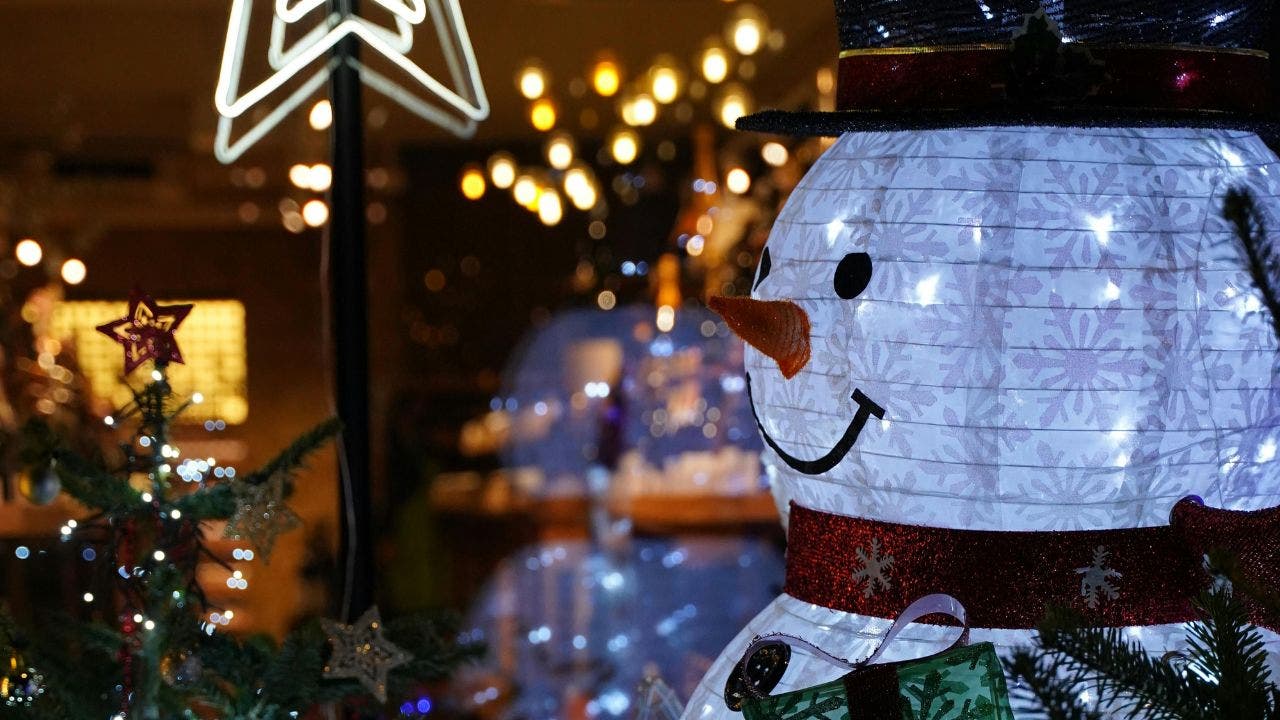When this orangutan got roughed up, he treated his wound with a medicinal plant
;Resize=(620))
When Rakus the orangutan found himself a little worse for wear, he seemed to know exactly what to do about it.
In June 2022, the Sumatran orangutan in Indonesia sustained a wound to his face, likely during a scrap with another male. So he grabbed some liana plant, which is known for its medicinal properties, and gave it a good, long chew.
Scientists then watched in awe as the great ape used his finger to carefully rub the plant’s juices directly onto his injury. When he was done, he took the chewed-up plant out of his mouth and placed the whole thing over his wound, like a salve or a plaster.
“It’s super exciting,” Isabelle Laumer, a primatologist and cognitive biologist at the Max Planck Institute of Animal Behavior in Germany, told As It Happens host Nil Köksal. “This is the first time that we’ve seen a wild animal applying a healing plant on a wound.”
Laumer is the lead author of a new study, published in the journal Nature, about the first-of-its kind observation at Suaq Balimbing, a research site in a protected Indonesian rainforest area.
While other primates have been seen self-medicating with plants, or even bugs, the researchers say this is the first time a wild animal has been observed applying a plant that has documented medicinal properties.
Liana, a.k.a. Fibraurea tinctoria, is an evergreen vine known for its antibacterial, anti-inflammatory, anti-fungal and antioxidant qualities. It’s used in modern and traditional medicine, including malaria treatment.
“That’s why that behaviour is so special, because he treated his wound with a quite potent medical plant,” Laumer said.
Cognitive biologist Isabelle Laumer spoke with CBC’s As It Happens to explain how an orangutan named Rakus was observed using a plant for medicinal application, and that it could indicate our last common ancestor could have done something similar.
What’s more, it worked.
Shortly after after he nursed his wound, Rakus was on the mend. The cut closed completely four days later, without infection.
“It is pretty remarkable,” Ammie Kalan, a University of Victoria primatologist who was not involved in the study, said in an email. “The effectiveness is clearly evident.”
Animals using medicine
While it may be remarkable, it’s not necessarily surprising. Scientists have known for decades that some primates self-medicate — but it hasn’t always been clear whether it works, and how they learned to do it.
Chimpanzees are known to eat specific plants to treat parasite infection, and to rub plant material on their skin to treat sore muscles, the study’s authors note.
Chimps in Gabon have been observed plucking insects from the air, squeezing them between their fingers, and rubbing the secretions in each other’s wounds.
Laura Bolt, a primatologist at the University of Toronto Mississauga, told CBC she’s personally observed capuchin monkeys rubbing leaves of trees and vines on their bodies.
“My thought is that as we continue to study these behaviours and the properties of the plants/insects, we will likely find more evidence that many of these primate self-treatments with plants and insects are effective at treating pain, wounds, and parasitic infection,” Bolt said.
“Most of the primate species that are reported to use plants and insects in these ways are also the species that use tools, which suggests it could be related to cognitive ability.”
Laumer says she and her colleagues don’t know how Rakus knew about the liana plant or how to use it. They haven’t yet seen another orangutan in the area doing the same.
But it very much appears that he knew exactly what he was doing, she said.
“We think that this behaviour was intentional because he was applying it repeatedly, and not just one time. For seven minutes he was repeatedly applying the plant juice,” she said. “And he didn’t put it anywhere else on his body, but just on the wound.”
In fact, Rakus appears to be quite good at taking care of himself. His name means “Greedy” in Indonesian, a nickname he earned by gobbling all the flowers off a tree.
“He’s doing very well,” Laumer said. “He’s now one of the dominant males in the area.”
Our shared ancestry
Another primate known apply medicine to wounds is, of course, humans.
Orangutans, like people, are great apes, as are chimpanzees, bonobos and gorillas. We all share common ancestry, making great apes our closest living relatives.
Laumer says Rakus’s behaviour suggests that using substances to treat wounds may date all the way back to our common ancestors with orangutans, who lived 13 million years ago.
“Wound treatment is, evidently, a very old behaviour,” she said.



